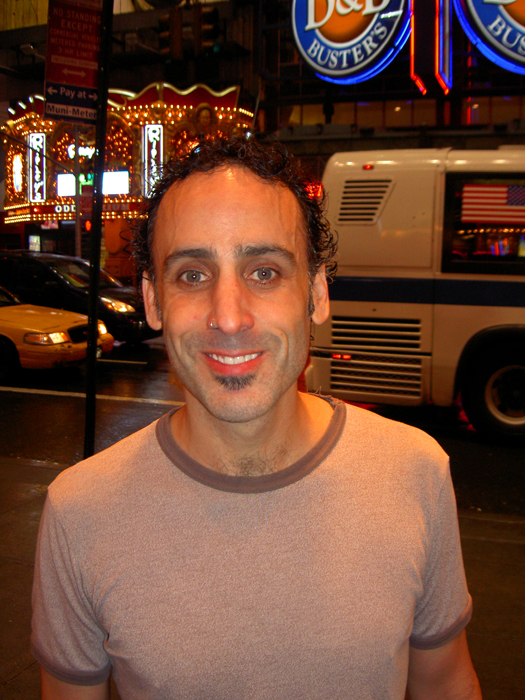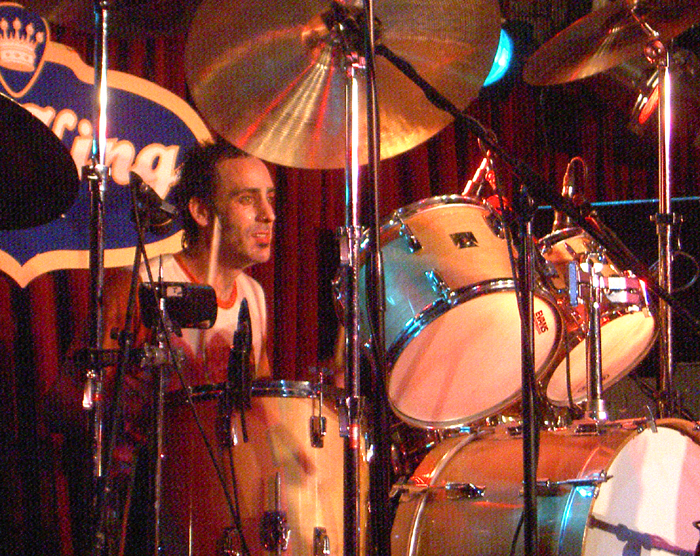
Anyone can hit things. A few can hit them well. Even fewer can hit them in a way that can make your jaw drop. Jonathan Mover falls into that last category. His resume as a drummer includes work with a wide variety of musicians and bands from prog to jazz to pop: Marillion, GTR, Tubes, Joe Satriani, Shakira, Fuel, Mike Oldfield, Frank Gambale, Alice Cooper, as well as his own project, einstein. Progsheet sat down with this thoughtful, insightful drummer for a corker of an interview! Ladies & gents - Jonathan Mover...


